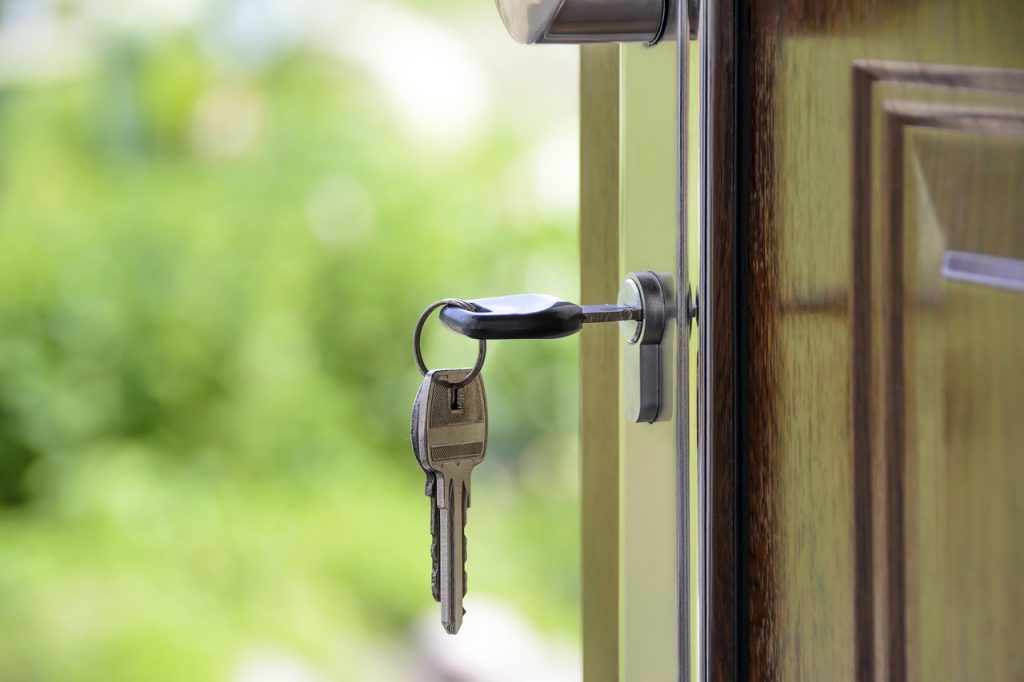Rent Prices Are On The Rise With No Hope Of Slowing Down
Rent prices are soaring and they will continue to do so in the foreseeable future.
This article is more than 2 years old

It’s no secret that rapidly rising inflation rates have caused the cost of virtually everything to spike. The cost of housing, particularly rent prices, in the United States has been one area of the economy to see the steepest surges in prices. According to CNBC, those increases are predicted to continue well into the foreseeable future.
Rising rental costs are a nationwide problem. Rental prices in larger cities, which are already notoriously expensive to live in, are soaring to unprecedentedly high heights. The average rent in New York City is currently sitting at $3,100/month for a one-bedroom, in San Francisco the going rate for a similar apartment is $3,450/month and in Boston, renters will have to fork out a striking $3,800/month on average.
The rent hikes, however, are not just affecting the big cities. In fact, some smaller towns have seen the biggest jumps in rent prices. According to Apartment Guide’s annual rent report, the modest town of Gilbert, Arizona saw a whopping 93.1% increase this year as compared to last. Maria Arredondo, a teacher who is based in Austin, Texas, communicated to CNBC that she was forced to downsize to a different apartment in a new building after the rent in her current place jumped by an unfathomable $400. “If I had signed the lease … it would be taking a lot of my savings. And so I decided to move to a new building, losing about 150 square feet,” said Arredondo.

So what is causing rent prices to get so high and stay high? The answer is not cut and dry and it comes down to a multitude of factors. First, one of the more obvious reasons relates to the type of rental housing that is currently being built. Most new rental construction is focused on building luxury rental buildings. These luxury buildings end up costing renters much more than your typical no-frills garden apartment did in the past. Additionally, since many are unable to afford those luxury buildings they are forced to look at older less luxurious options which in turn drives the demand up for those homes and effectively raises the prices.
Second, because rent prices have been getting higher overall in the past decade, especially in hot ticket places like California’s Silicon Valley and New York City, many businesses have decided to move elsewhere to escape the insane costs of living. However, when businesses move so to do jobs, thus bringing more industry to an area has the effect of raising rents because more people will live and work in and around where the businesses are.
Lastly, many smaller circumstances have occurred over the past few decades that set the stage for rising rent prices. For instance, as a result of 2008’s Great Recession banks started imposing stricter requirements for business loans which affected the number of funds a smaller contractor would have access to. Without enough funding, contractors had to decrease the amount they were building. Over time that hurt the nation’s housing supply.
Additionally, immigration policies put in place in recent years have also caused many construction companies to lack the manpower to build as many housing units as they could have in the past because a good portion of their labor force had relied on the work of those immigrants. These combined circumstances have landed the rental housing market smack dab in the middle of a raging storm whose end is, at this point, unknown.




